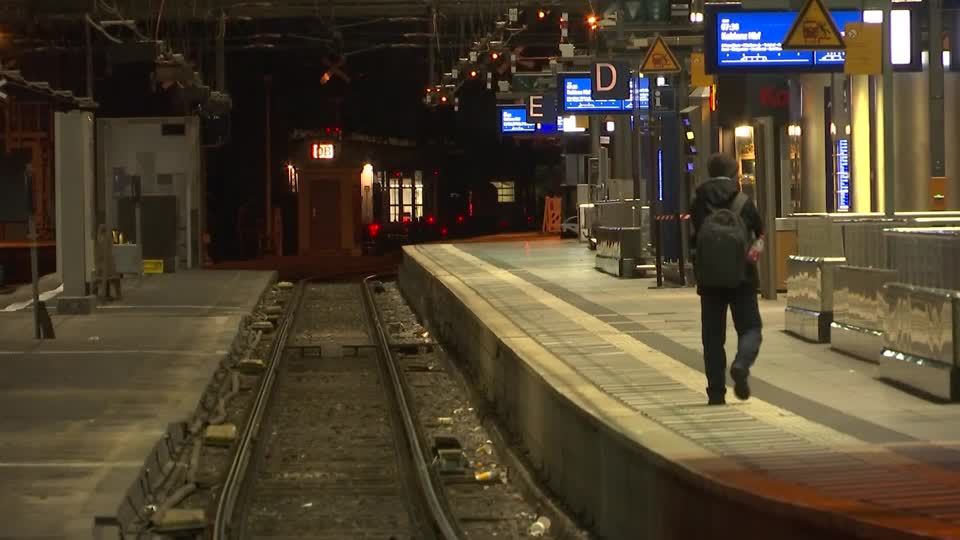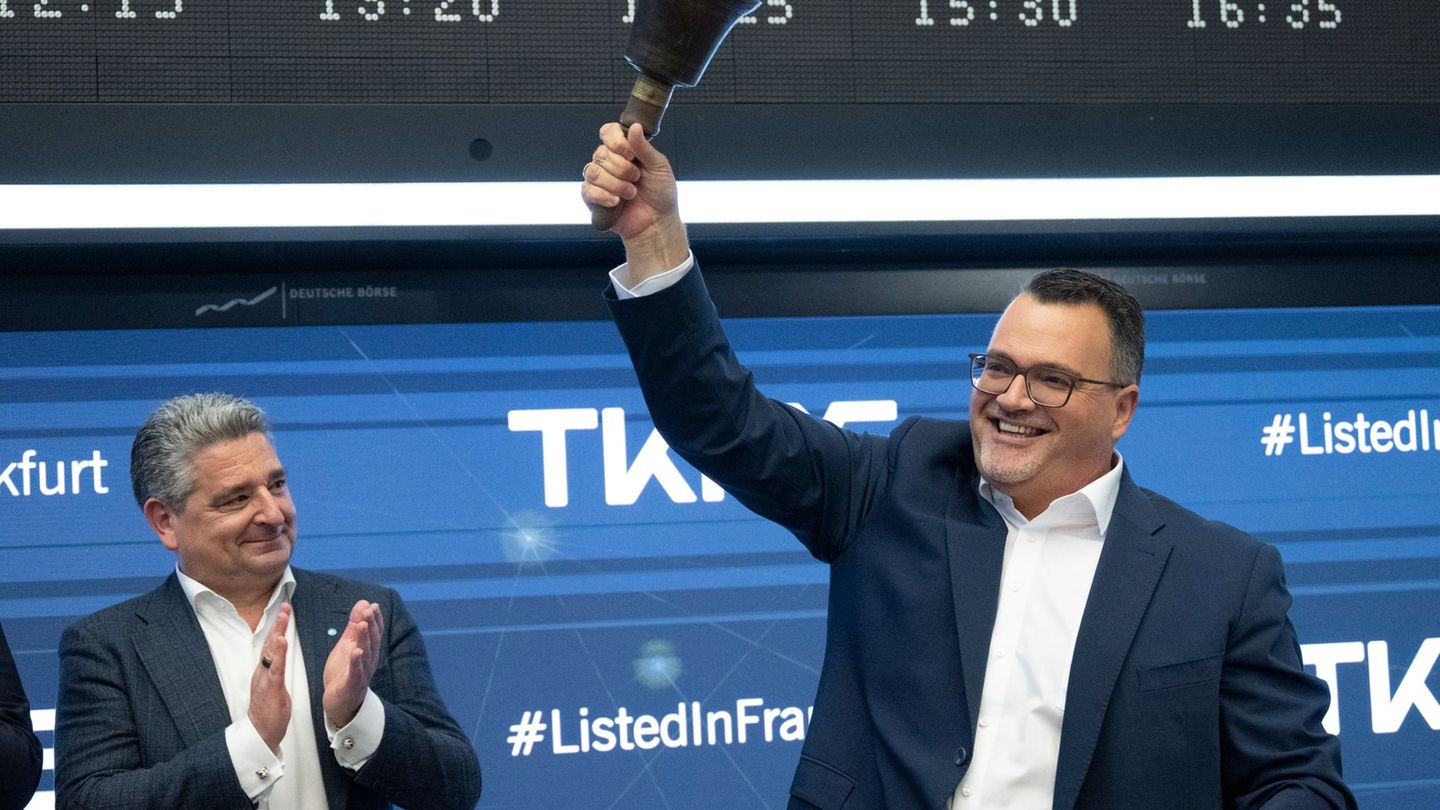Finally: The GDL and Deutsche Bahn have reached an agreement after more than four months of wage disputes and several rail strikes. Claus Weselsky prevailed. The agreement means peace of mind for passengers – for now.
After more than four months, the tariff dispute at Deutsche Bahn has ended. The German Locomotive Drivers’ Union (GDL) announced on Monday evening that a collective agreement had been reached with the railway. A railway spokesman in Berlin confirmed the agreement. Both sides plan to provide information about the details in separate press conferences in Berlin on Tuesday morning. This means that train passengers are no longer threatened with strikes. Or?
In fact, further strikes on the railways have been averted for a long time. Also because the train drivers’ union GDL prevailed against the DB Group and achieved its demand for a 35-hour week. Also: Strike driver and GDL boss Claus Weselsky is retiring in the fall. At least until this point in time, no further strikes are expected.
Group report
The wild rail year of 2023 – but there is hope for travelers
It is still unclear how his possible successor Mario Reiß, executive director of the German Locomotive Drivers’ Union (GDL) and its deputy federal chairman, will continue after that. One thing is certain: the working conditions of train drivers have definitely improved – and the need to strike has decreased.
The term of the collective agreement is 26 months and begins retroactively on November 1, 2023 and ends at the end of 2025. There will then be a two-month negotiation phase with a peace obligation without strikes.
Details of the agreement
On Tuesday morning – before the planned press conferences – the first details leaked out: Deutsche Bahn has given in and has accommodated the GDL on the core issue of working hours. The DB announced: There is now a choice model for weekly working hours for shift staff.
“The dispute was tough, but we were now able to agree on an intelligent compromise,” said DB Human Resources Director Martin Seiler. “The core element is an innovative option model with which employees in shift work can decide for themselves about their weekly working hours in the future.” The time corridor for reducing working hours extends until 2029. Weekly working hours of 35 to 40 hours are possible. “The performance principle applies: whoever works more earns more,” explained Seiler.
The chronology of the rail strikes
It all began in 2007: Five years after the German Train Drivers’ Union (GDL) gained autonomy in the collective bargaining area in 2002, one of the longest collective bargaining disputes and the first supra-regional train drivers’ strike in the history of Deutsche Bahn occurred in the fall of 2007. Two warning strikes at the beginning of July were followed by indefinite strikes in passenger and freight transport in October and November. Due to the stoppage of work on October 25th and 26th, 2007, 18,000 regional and S-Bahn trains came to a standstill, primarily affecting around 2.7 million commuters. The union ultimately pushed through an eleven percent wage increase and a one-off payment of 800 euros. Weekly working hours also fell from 41 to 40 hours a week.
The major wave of strikes in 2011 also began with a smaller warning strike. In order to eliminate salary differences between Deutsche Bahn and its private competitors, the GDL chose the method that had already proven successful in 2007: it paralyzed rail traffic on a large scale. At the end of an arbitration process, the union agreed on collective agreements with some of the private railways. Deutsche Bahn’s 20,000 train drivers received two percent more pay as well as improvements in pension provision, night work and vacation. According to the railway, the package added up to three percent. The GDL had demanded five percent. There was also insurance for train drivers who had to witness a suicide and were unable to work as a result.
2014: Nine strikes in one year
Between autumn 2014 and May 2015, the GDL sent its members on strike nine times. The railway network was paralyzed for around 420 hours. Hundreds of long-distance and freight trains as well as local transport, which is particularly important for commuters, were affected. The intensity of the strikes caused the railway company to lose sales of several hundred million euros. In the meantime, three quarters of all long-distance trains were canceled. It was only at the end of June 2015 that the GDL and Deutsche Bahn agreed on a new collective agreement after an arbitration procedure: It included a salary increase of 5.1 percent and a reduction in working hours to 38 hours per week.

In the middle of the corona pandemic and six years after the last escalated collective bargaining dispute, the German train drivers’ union stopped work again in order to achieve more (financial) recognition and improved working conditions. After a total of three waves of strikes lasting 265 hours in freight transport and 216 hours in passenger transport, the GDL achieved a wage increase of 3.3 percent in two stages and the payment of two Corona bonuses totaling 1,000 euros.
Source: Stern




